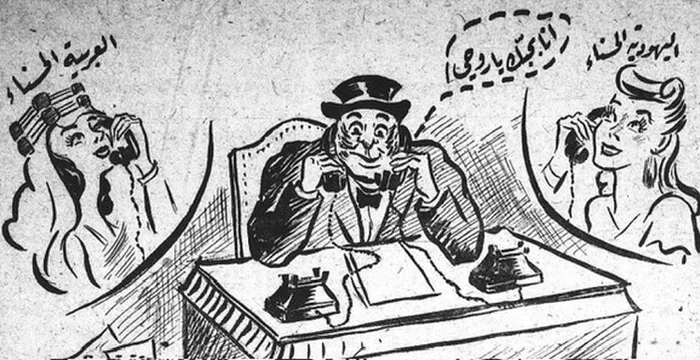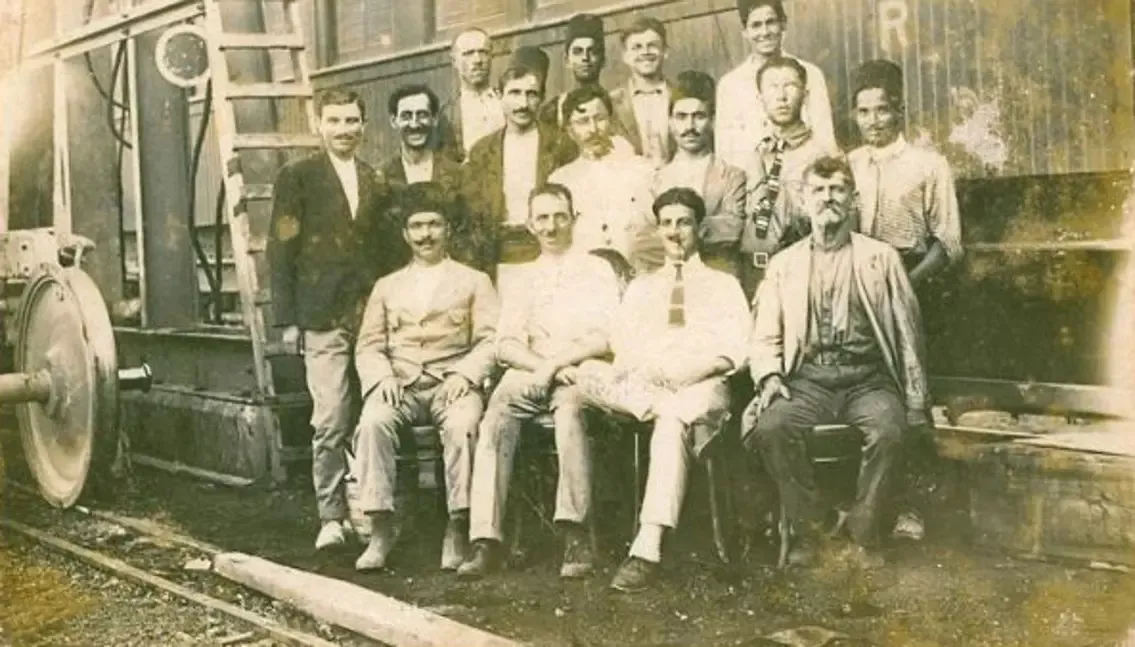“Fought Against the Army”: Indigenous Americans and Argentina’s “Golden Age” (c.1875 - c.1920)
Discussion of teaching Indigenous Americans in Argentina and Latin America in the nineteenth century
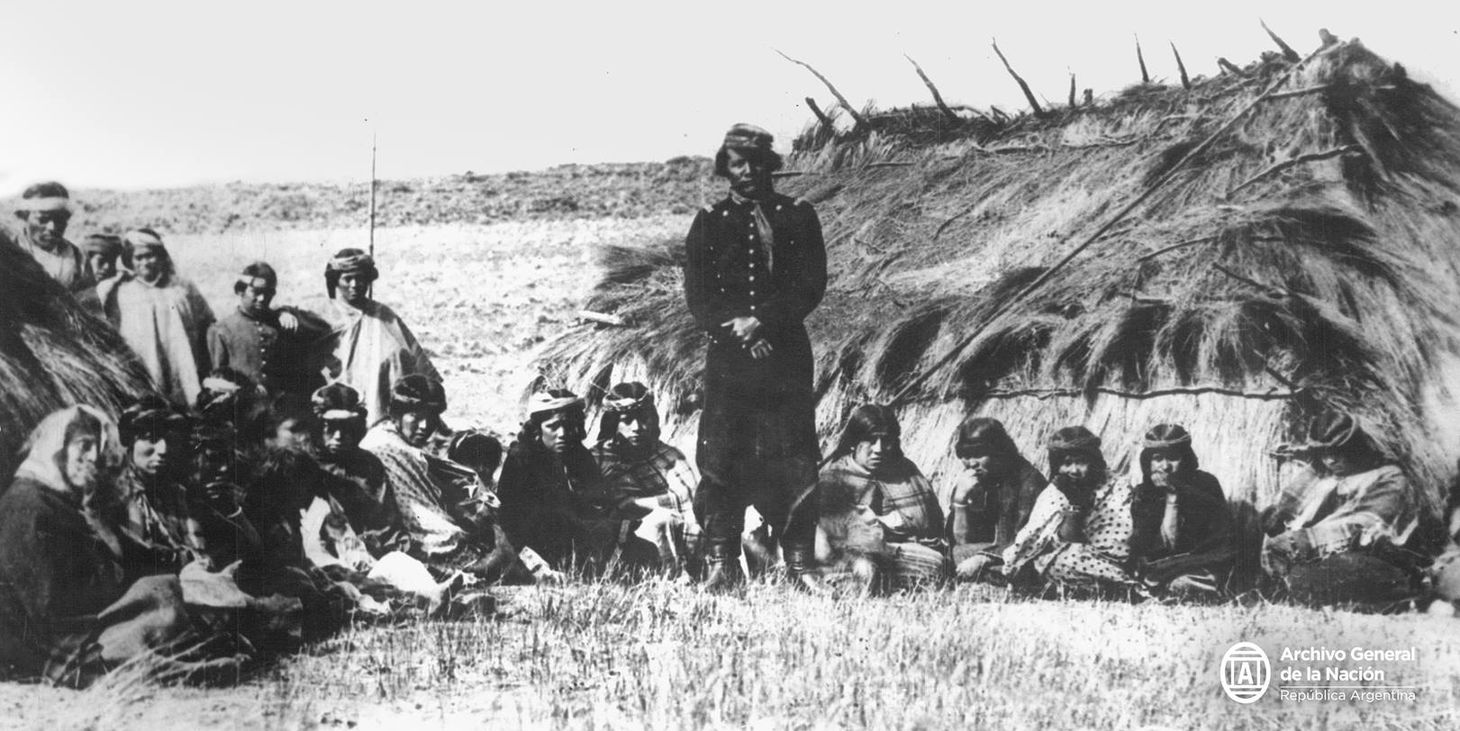
In 2015, I traveled to Argentina. Like many visitors, I started in Buenos Aires. The architecture and street layout felt like a European city. I had half-expected this because most world history textbooks mention the influx of European migrants to Argentina in the late nineteenth and early twentieth centuries. Buenos Aires was the “Paris of the Americas.” After exploring the capital, I traveled overland to the northwest. I passed through Córdoba and Salta and headed north to Humahuaca. Along the way, I loved the picturesque Andean landscapes. I also noticed that the architecture gradually stopped looking “European.” Indigenous Americans also became more common than folks of European heritage. I realized that I had been under the impression Argentina was essentially a “European” country and that there were no more Indigenous residents. I remember sitting in my hostel in Humahuaca and reading about nineteenth-century Argentine leaders who attempted to wipe out the Indigenous population. It was one of those moments when I realized how much is being left out in world history textbooks, especially regarding Indigenous Americans.
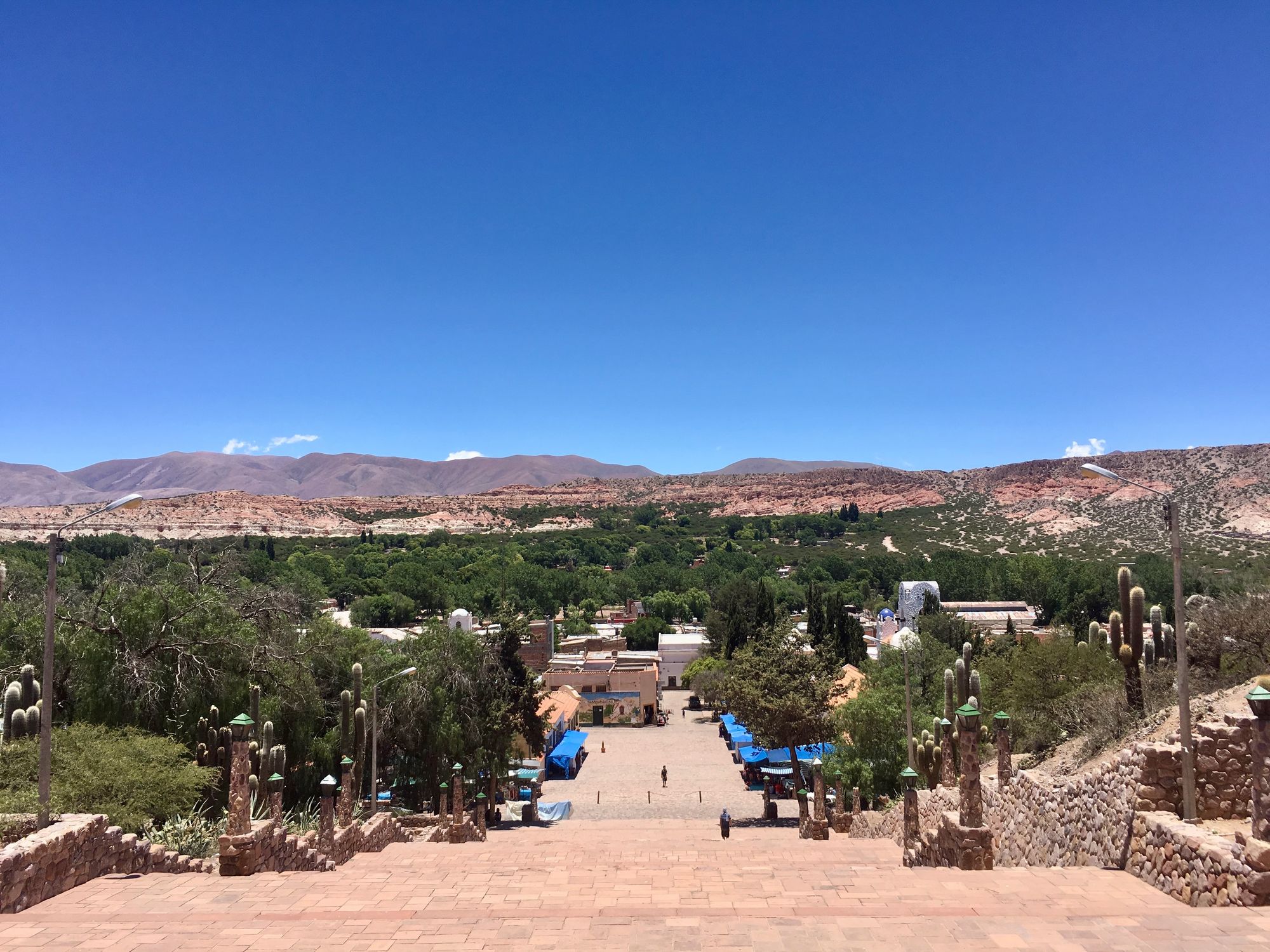
By centering the experiences of Argentina’s Indigenous population in the late nineteenth and early twentieth centuries, we have an opportunity for students to understand Latin America as more than simply another place Europeans sent their surplus population and capital. It was more than another place supplying Europeans with raw materials. We can have students consider the influence of nationalism and Social Darwinism in Latin America on Latin America’s “development.” Even more significantly, we can help students understand how the persecuted Indigenous Americans in Argentina resisted and adapted to Argentina’s state-sponsored violence in the late nineteenth century.
Late Nineteenth Century Argentina and World History
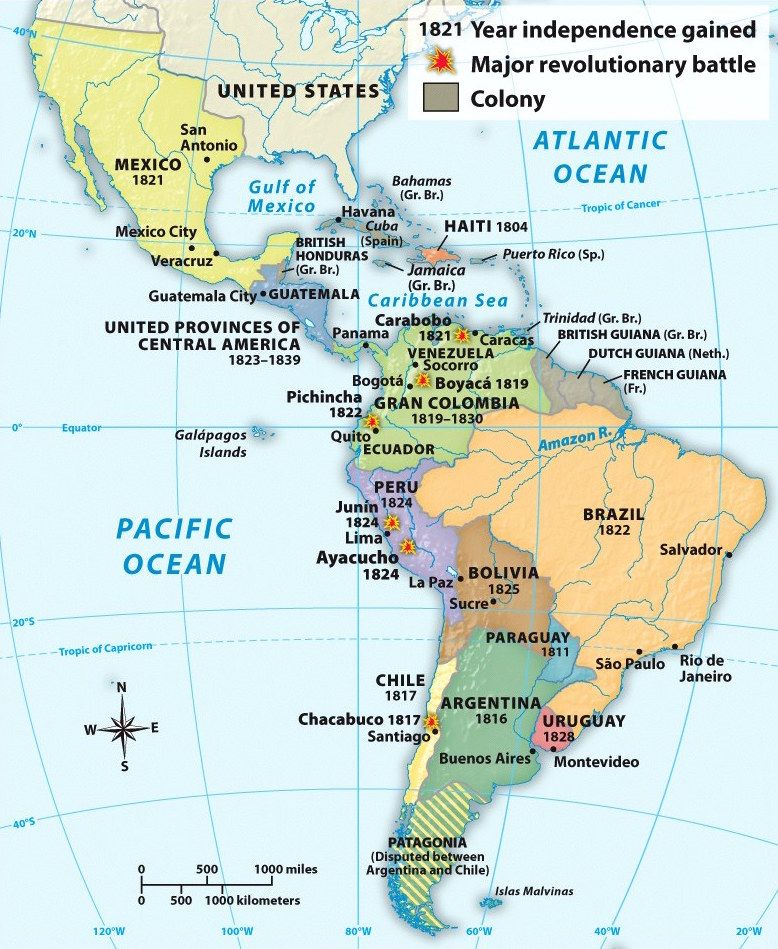
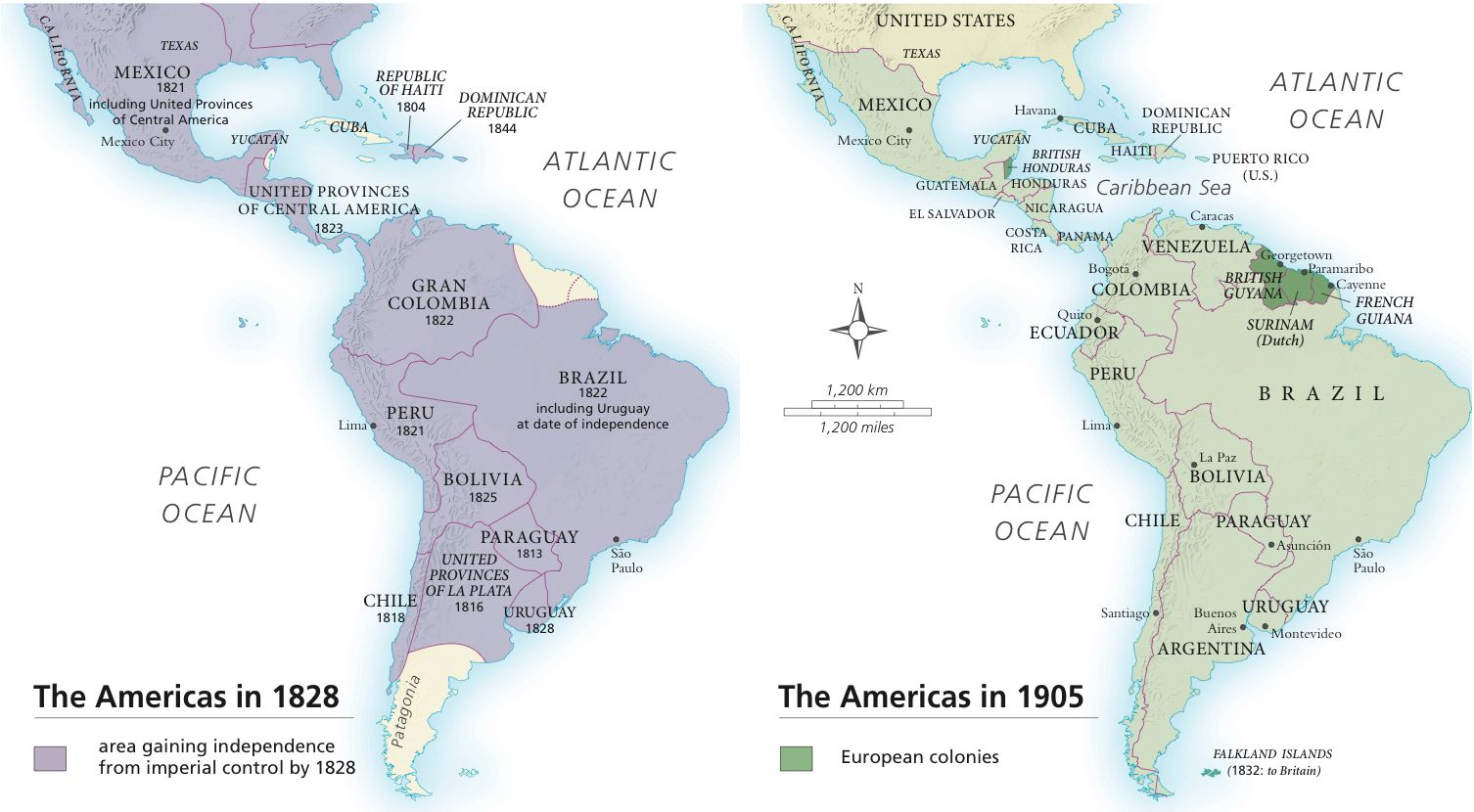
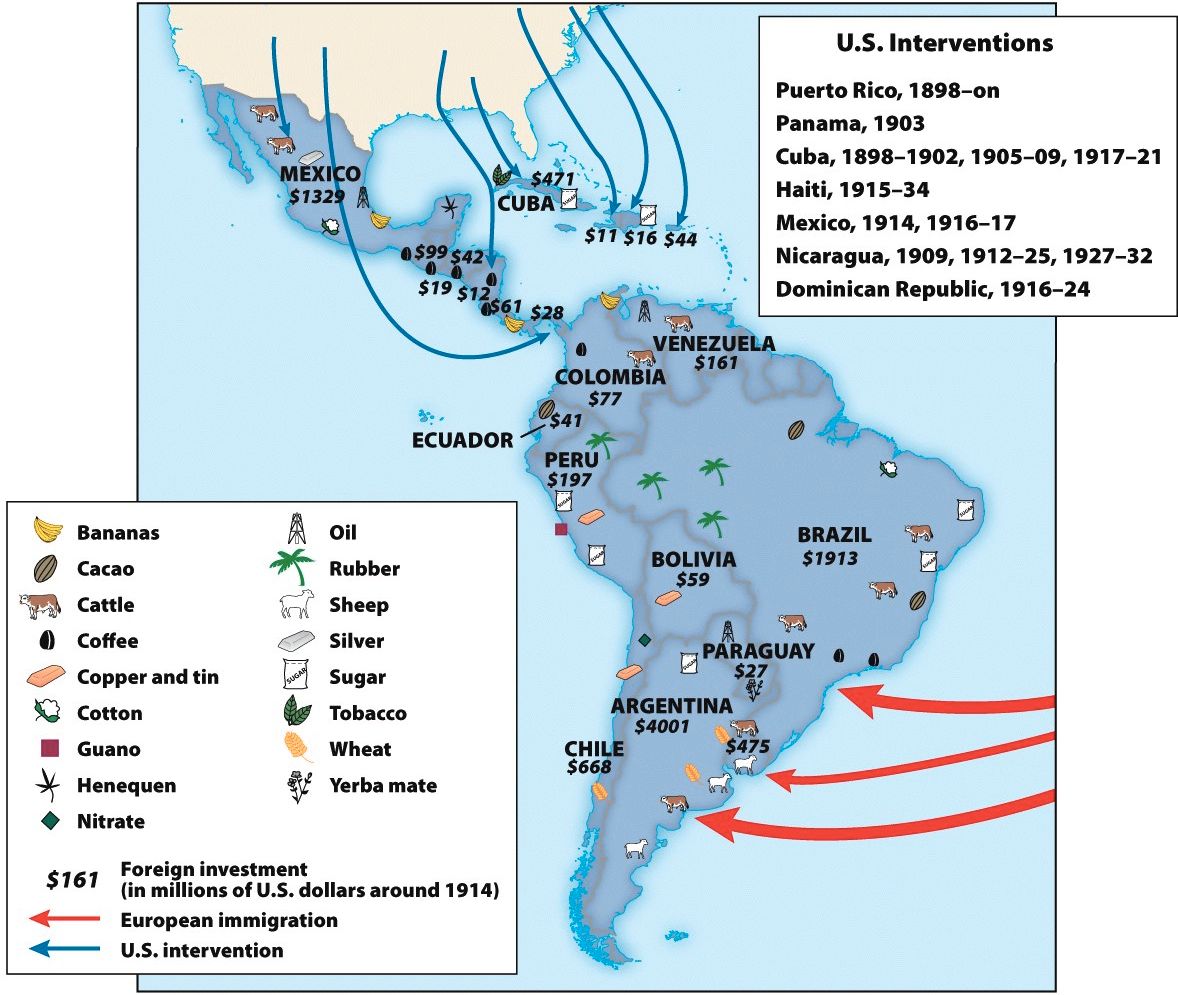
This content is for Paid Members
Unlock full access to Liberating Narratives and see the entire library of members-only content.
SubscribeAlready have an account? Log in

